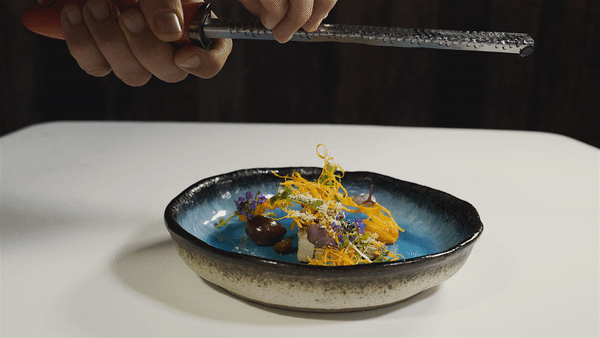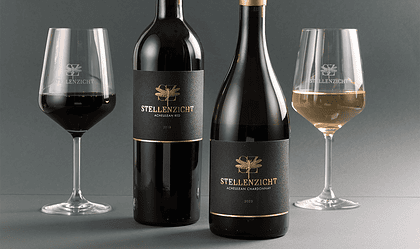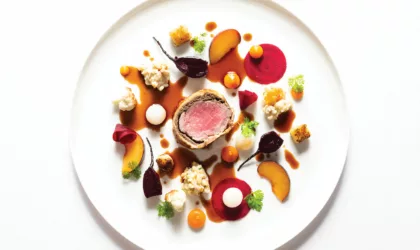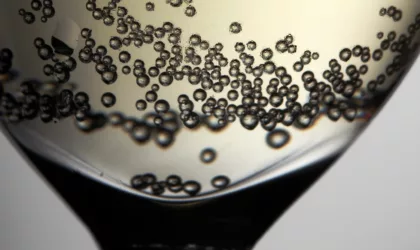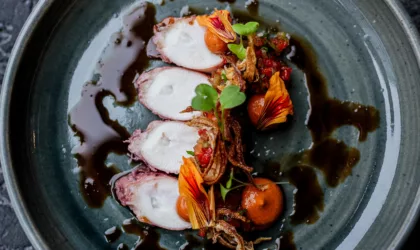In many parts of the world that’s already old news: in northern Thailand a bag of roasted, salted crickets are akin to pretzels on a New York bar counter. And, kilo for kilo, they offer more protein than beef. But will we be sitting down to a flame-grilled entrecôte of reconstituted cricket in the Meatpacking District? Probably not, but it might pay to read the ingredients on your energy bars more carefully.
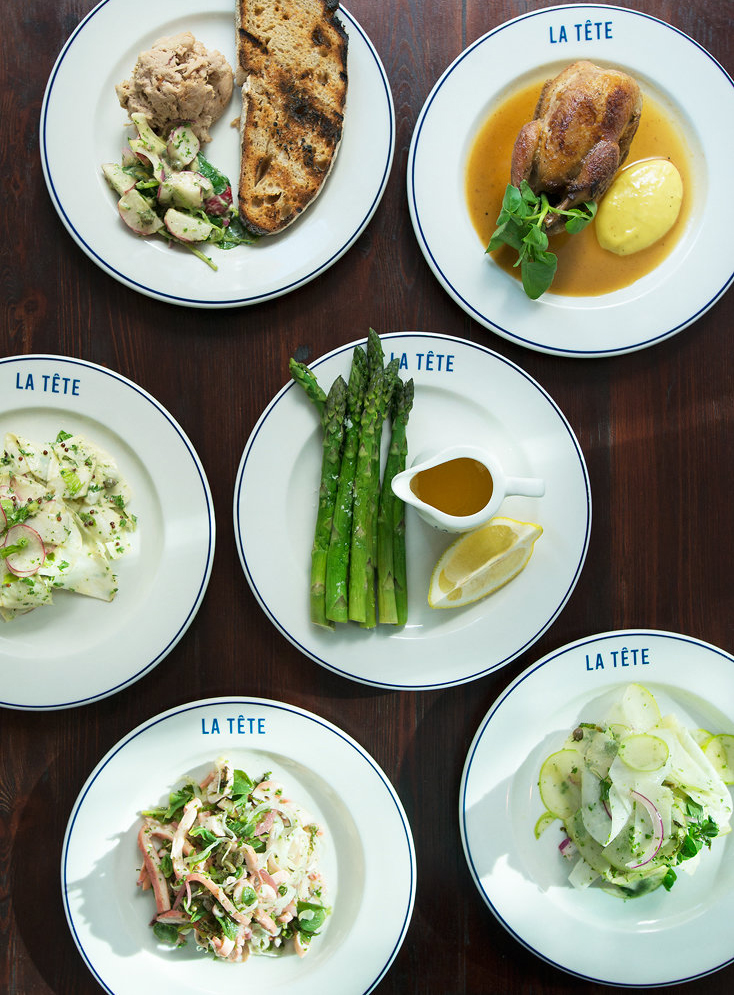
If Beyond Meat has its way, even the crickets will be safe. This US-based company is one of a handful pioneering plant-based ‘meat’ products, using peas, soy and beetroot to mimic the taste and mouthfeel of ‘real’ meat.
But what is ‘real’? Laboratory-grown protein – euphemistically dubbed ‘clean meat’ by the industry – is already on the rise. In the United States, billions of dollars have been invested in gene editing and ‘cellular agriculture’, with over a dozen companies looking to take protein from ‘meat breweries’ mainstream.
Dutch biotech firm Thrive is doing the same for fats, using algae and sugar cane to create oils with healthier monounsaturated fats and the high smoke point so beloved of chefs. Last year they created a butter substitute using the same process.
While one face of our food future no doubt dons a white laboratory coat and uses technology to keep the global pantry stocked, expect the other to remain dressed in muddy corduroys, out in the field watching over a herd of pasture-reared cattle.
Although some foodie trends – I’m looking at you activated charcoal – burn brightly before fizzling out, others become so widely embraced they are assimilated into mainstream food culture.
The flag of sustainability, once only waved by vegan chefs and health restaurants, ‘has become a normalised part of how we approach food in good quality restaurants,’ said hospitality entrepreneur John Fink, in an interview with The Australian.
Local. Sustainable. Provenance. Authenticity. These buzzwords aren’t going away anytime soon. Several luminaries at the top of The World’s 50 Best Restaurants list – Spain’s Asador Etxebarri, Italy’s Osteria Francescana and Peru’s Central – all revel in their regionality.
Science may solve the problem of feeding the extra two billion, but those with means will care more than ever about the connection between farm and fork. Or perhaps that should be hook and hotplate. A clutch of top South African chefs, including Giles Edwards at La Tête and Luke Dale-Roberts of The Test Kitchen, have embraced technology that connects their kitchens with small-scale local fishers on a daily basis. It’s disruption that could easily spread to other corners of the kitchen. Change is inevitable, but don’t be worrying about Cricket au Gratin just yet.
Read about Michelin-starred chef Daniel Galmiche and The Gold Room opening up in Milpark.
